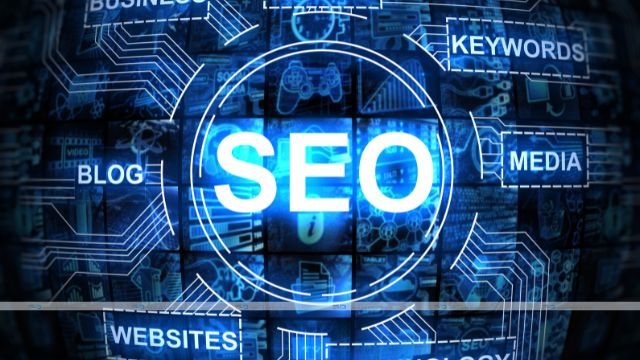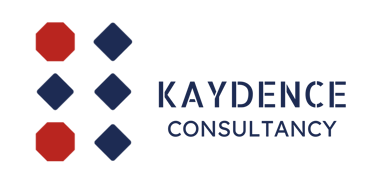Kaydence partners with the CSH to drive innovative solutions in education and healthcare.
SEO vs. Paid Ads: Which One Works Best for Your Business?
Struggling to choose between SEO and Paid Ads for your business? This blog breaks down the pros, cons, and best use cases of each strategy, helping you decide whether to invest in long-term organic growth or quick paid results. Read on to find the best approach for your goals and budget!
MARKETING
2/6/20252 min read


In the digital marketing world, businesses often find themselves at a crossroads when deciding between Search Engine Optimization (SEO) and Paid Advertising (PPC). Both strategies have their merits, but the right choice depends on your business goals, budget, and timeline. Let’s dive into the key differences and determine which one suits your business best.
Understanding SEO
Search Engine Optimization (SEO) is a long-term strategy that involves optimising your website to rank organically in search engine results. It includes on-page and off-page techniques such as keyword optimisation, quality content creation, link building, and technical SEO.
Pros of SEO:
Cost-Effective: Unlike paid ads, SEO doesn’t require ongoing payments for traffic.
Long-Term Benefits: Once your website ranks well, it continues to attract organic traffic without additional costs.
Builds Credibility & Trust: Users tend to trust organic results more than paid advertisements.
Sustainable Growth: A well-optimised website generates continuous leads over time.
Cons of SEO:
Takes Time: Achieving high rankings can take months or even years.
Algorithm Changes: Search engines frequently update their algorithms, requiring constant adaptation.
Requires Expertise: Effective SEO requires technical skills and consistent efforts.
Understanding Paid Ads (PPC)
Paid advertising, often through platforms like Google Ads and social media ads, allows businesses to display sponsored content at the top of search engine results or on other digital platforms. These ads operate on a pay-per-click (PPC) model, where advertisers pay for each click their ad receives.
Pros of Paid Ads:
Instant Results: Unlike SEO, paid ads generate traffic immediately.
Highly Targeted: Ads can be tailored based on demographics, location, interests, and behaviour.
Scalability: The more you invest, the more visibility you get.
Measurable ROI: PPC campaigns provide clear analytics and insights.
Cons of Paid Ads:
Ongoing Costs: Once you stop paying, the traffic stops.
Competitive & Expensive: High-demand keywords can be costly, especially in competitive industries.
Ad Blindness: Some users tend to ignore ads, preferring organic search results.
Which One is Best for Your Business?
The choice between SEO and Paid Ads depends on your business objectives:
For Immediate Results: If you need quick visibility and conversions, PPC is the best choice.
For Long-Term Growth: If you aim to build a sustainable brand presence, SEO is ideal.
For a Balanced Approach: A combination of both strategies often works best—use PPC for quick traffic while building your SEO foundation for long-term gains.
Conclusion
SEO and Paid Ads both have their place in a strong digital marketing strategy. If you have a limited budget and patience for long-term results, SEO is your go-to option. However, if you need instant traffic and have the budget to support it, PPC is a great solution. A hybrid approach leveraging both can maximise your business growth effectively.
Need help choosing the right strategy for your business? Let’s connect and create a marketing plan tailored to your needs!
Kaydence Consultancy
Global platform for study abroad solutions, marketing strategy and your efficient research partner
Contact
Get in touch
director@kaydenceconsultancy.com
+9188916082
© 2025 Kaydence Consultancy. All rights reserved.
Designed with care | Powered by Innovation
Navigation
Company
Career
Legal
M G Road, Kochi, Kerala, India
